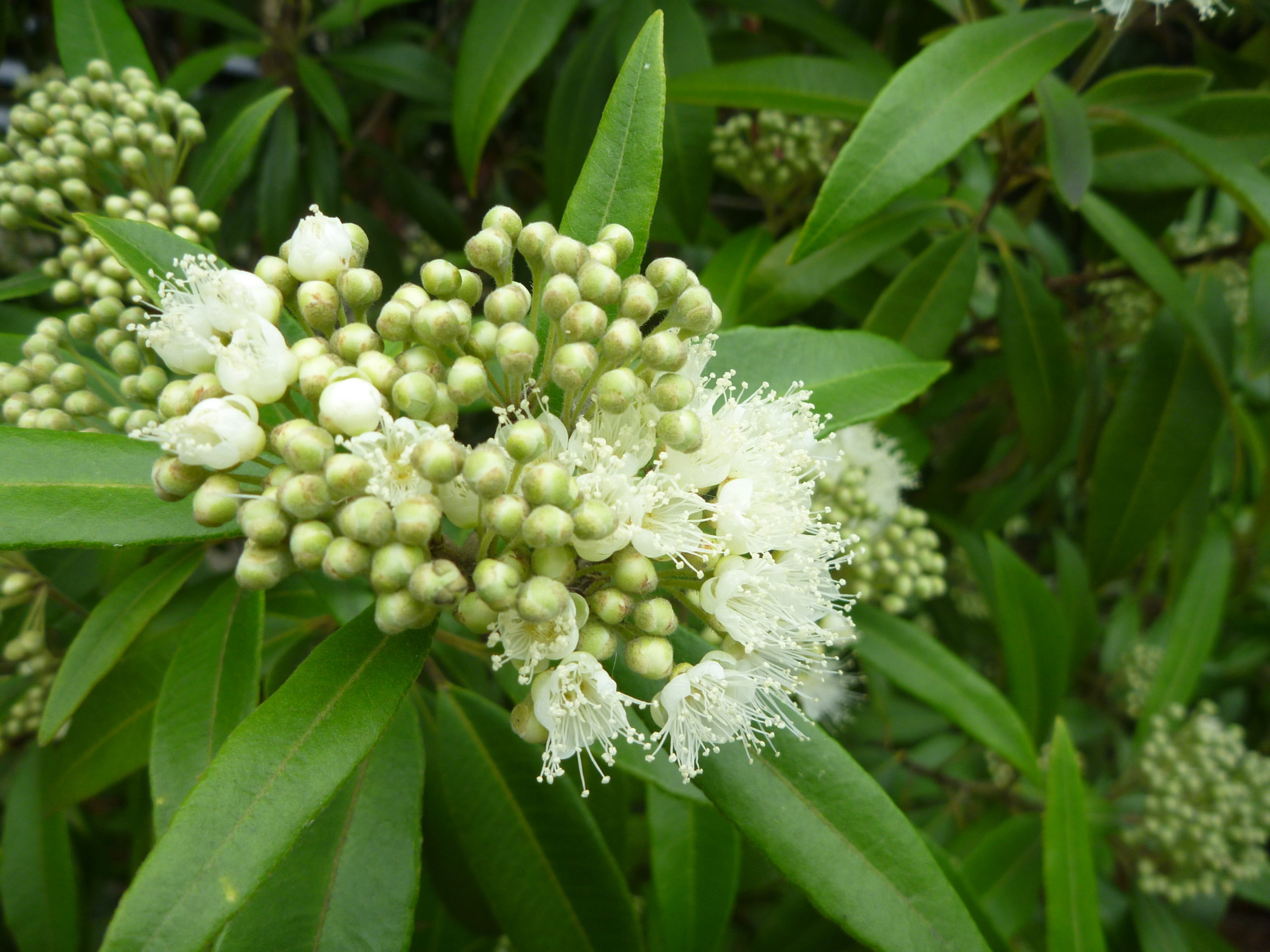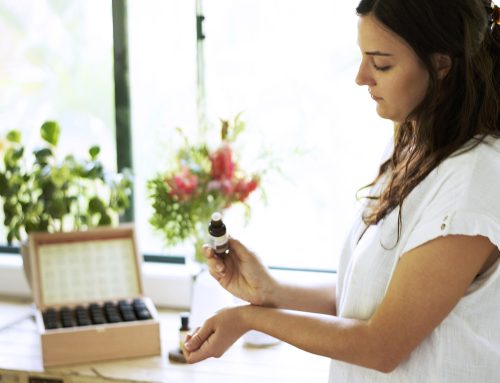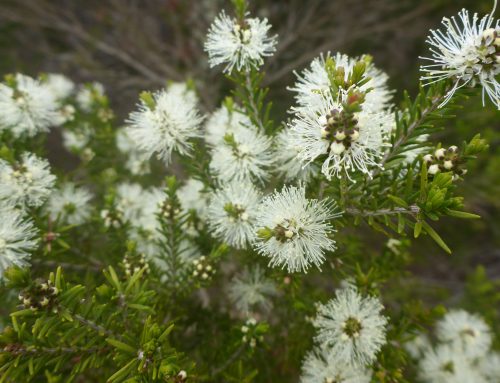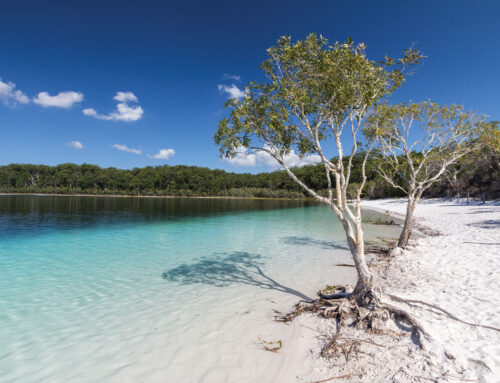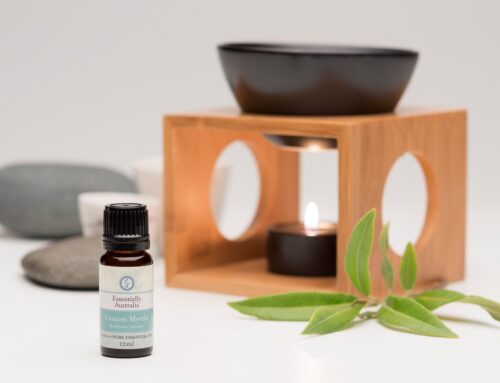History of Australian Essential Oil
Indigenous Use
The history of Australian essential oil starts thousands of years ago, indigenous people across all parts of Australia used hundreds of native Australian plants for a variety of medicinal uses. Most of the time, it was the essential oils in those plants which they were benefiting from.
Australian plants were used for colds, cuts, sores, sore or swollen muscles, skin complaints and repelling insects.
There were also plants with pleasant aromas which were burnt for a variety of effects. In the ‘Outback’, Australian Sandalwood (Santalum spicatum) timber and leaves were burnt to relax new mothers. Some plant leaves were rubbed over ladies bodies because they smelt nice on the skin, while some leaves were burnt to ‘keep bad stuff away’.
Colonial Use
In November 1788, around 10 months after the first fleet landed, about 1 litre of the first eucalyptus oil was steam distilled (from the Sydney Peppermint Gum, Eucalyptus piperita). On the continued insistence of Baron Ferdinand Von Mueller, the first commercial distillation of Eucalyptus oil happened in 1852 at Dandenong, near Melbourne.
From here Australian Eucalyptus grew to be known around the world. However Australia has over 700 species of Eucalyptus oil, some are very medicinal, some are lemony, some are pepperminty, while one or two lesser known ones are very pleasant more so than other Eucalypts and are exceptionally fresh.
In fact Ferdinand von Mueller and other botanists in the late 1800’s and early 1900’s pushed many Australian species into the world of research for a variety of potential uses.
Early to Mid Nineteenth Century Use
During the first two World Wars, wild harvested Tea Tree oil was carried around and used by Australian soldiers.
Australian Sandalwood (Santalum spicatum) was wild harvested and distilled for perfumery, as was Western Australia’s Boronia (Boronia megastigma). Australian Sandalwood was used as a bactericide in Australia and western Europe, it was eventually replaced by antibiotics.
Peppermint Gum (Eucalyptus dives) oil became used for the production of menthol, it was used in cough drops and syrups until the synthetic menthol industry rose up.
During World War II, Lemon Myrtle was harvested and distilled from wild trees near Gympie, south east Queensland for the supply of lemon essence by drink manufacturer Tarax. However not enough trees were in the wild to make it viable and operations ceased.
There were also small amounts of Lemon Scented Gum (Corymbria citriodora) and Lemon Scented Tea Tree (Leptospermum petersonii) distilled.
Mid Nineteenth Century Use to Present
Wild harvesting for many species became uneconomic, also the development of artificial substances and medicines led to the decline in the use of many essential oils, native and non native, around the industrial world.
The early 1970’s saw the first plantations of Tea Tree (Melaleuca alternifolia) in far north New South Wales. Superior varieties from the wild were selected, analysed, planted out and harvested. Tea Tree essential oil by volume, is now the largest Australia native essential oil produced in Australia.
In 1989 the first Lemon Myrtle (Backhousia citriodora) trees were planted out initially for food/herb consumption, similarly Anise Myrtle in smaller volumes was planted out soon after, some other Australian native plants have also followed. A small number of Australian native plants have remained economic to harvest sustainably from the wild.
There remains a great many native plants yet to be harvested even though their potential has been identified, there are also plenty still to be ‘rediscovered’.
A return to ‘all things natural’ is seeing the increased use in Australia essential oils for a variety of uses, enjoy!


